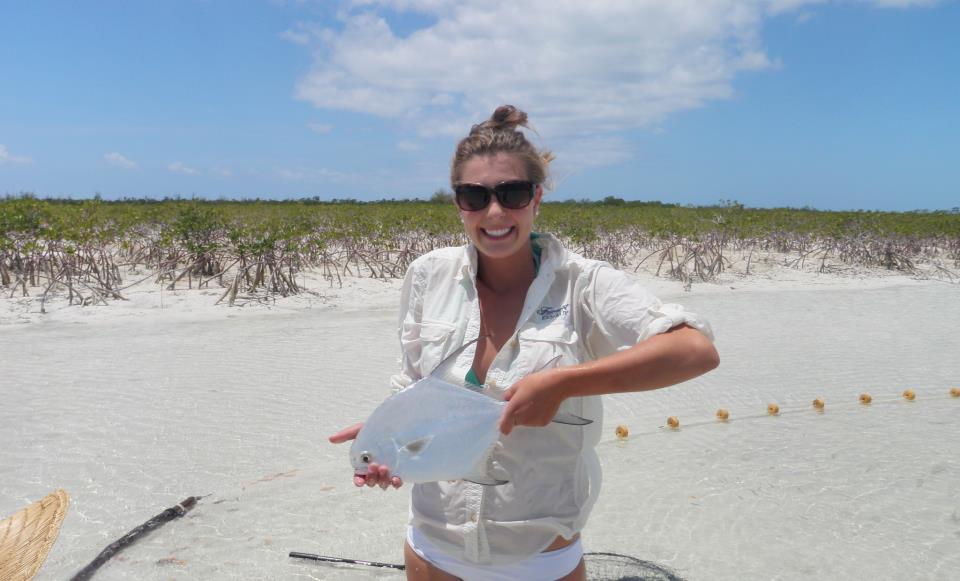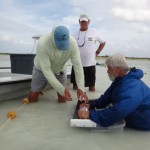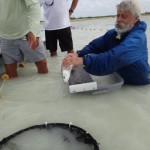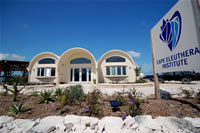I started my master’s at CEI in association with Carleton University in May 2012. I will be studying the thermal biology and spatial ecology of bonefish (for global warming implications) as a grad student in the Dr. Steve Cooke and Dr. Cory Suski labs of Carleton University and the University of Illinois, respectively.
The staff and faculty at CEI are a wonderful bunch of people. They are encouraging and eager to help me develop professionally and as a person. I really enjoy and appreciate CEI’s unique ability to engage in outdoor, experiential classrooms near Exuma sound. It’s nice to be a short boat ride away from the mangrove creeks that act as my study site. To date, I’ve been given the opportunity to work with a multi-disciplinary network of professionals including meeting and working alongside visiting world-class scientists, collaborating with other master’s students, both here and abroad, and working closely with a host of Ph.D. students at the institute. Continue reading




